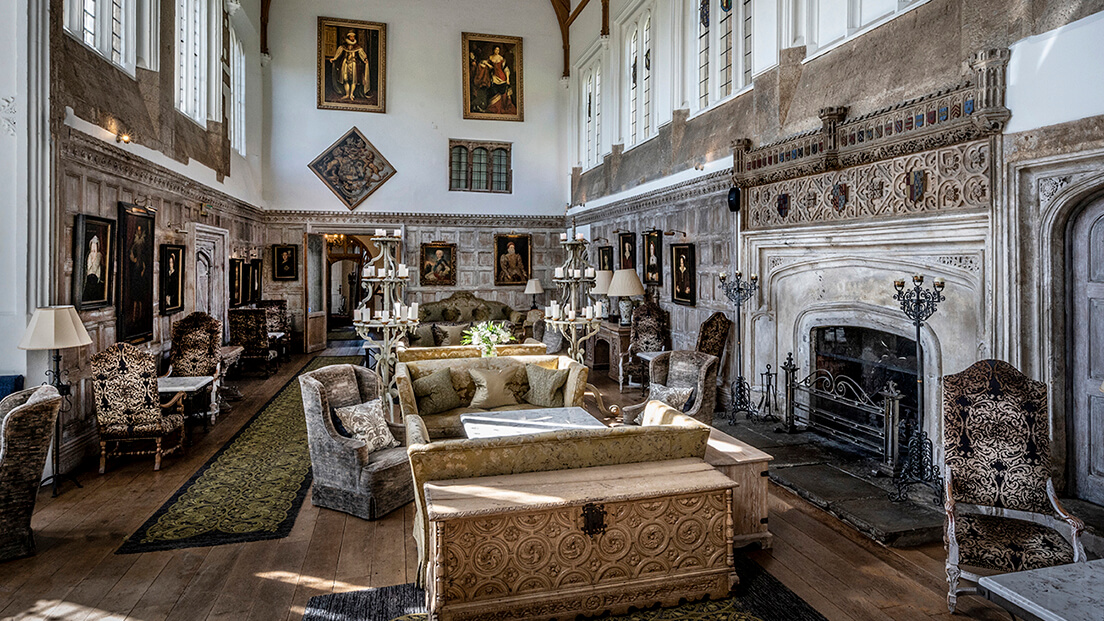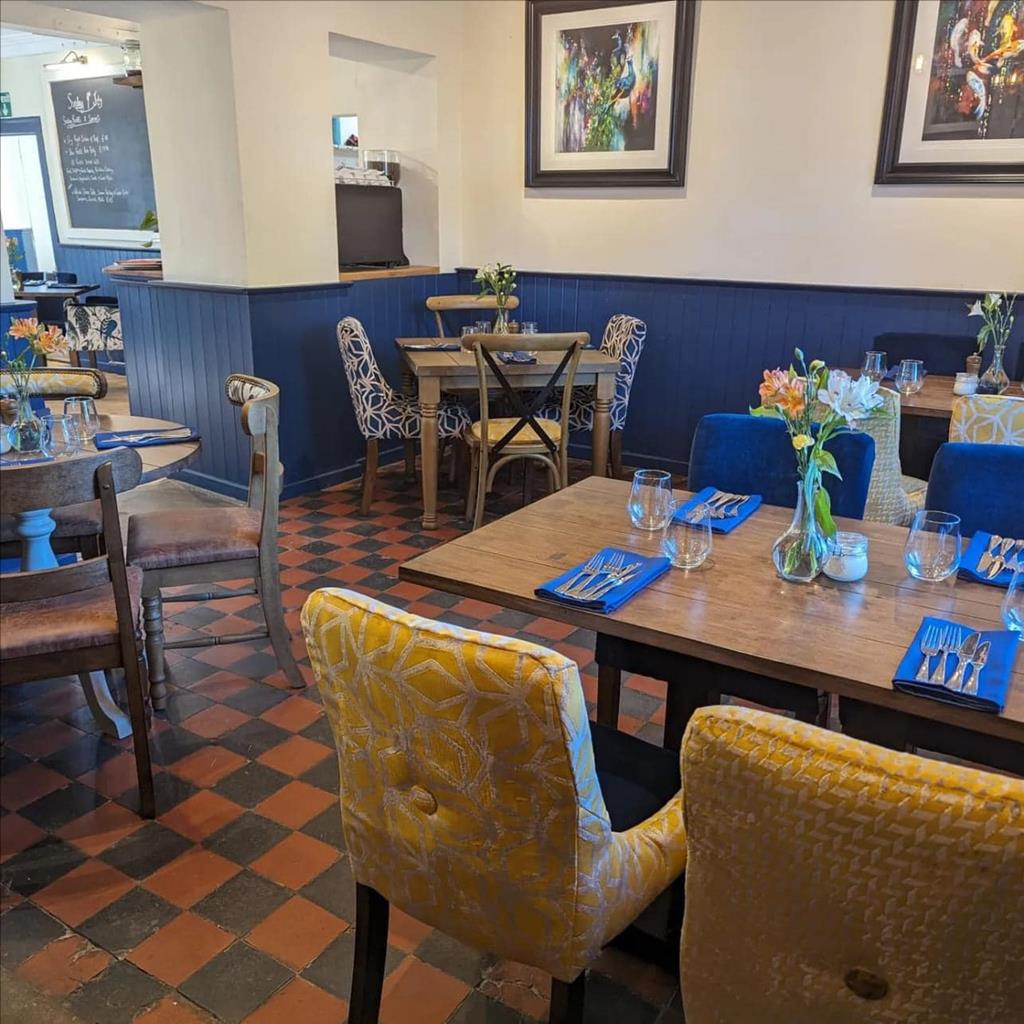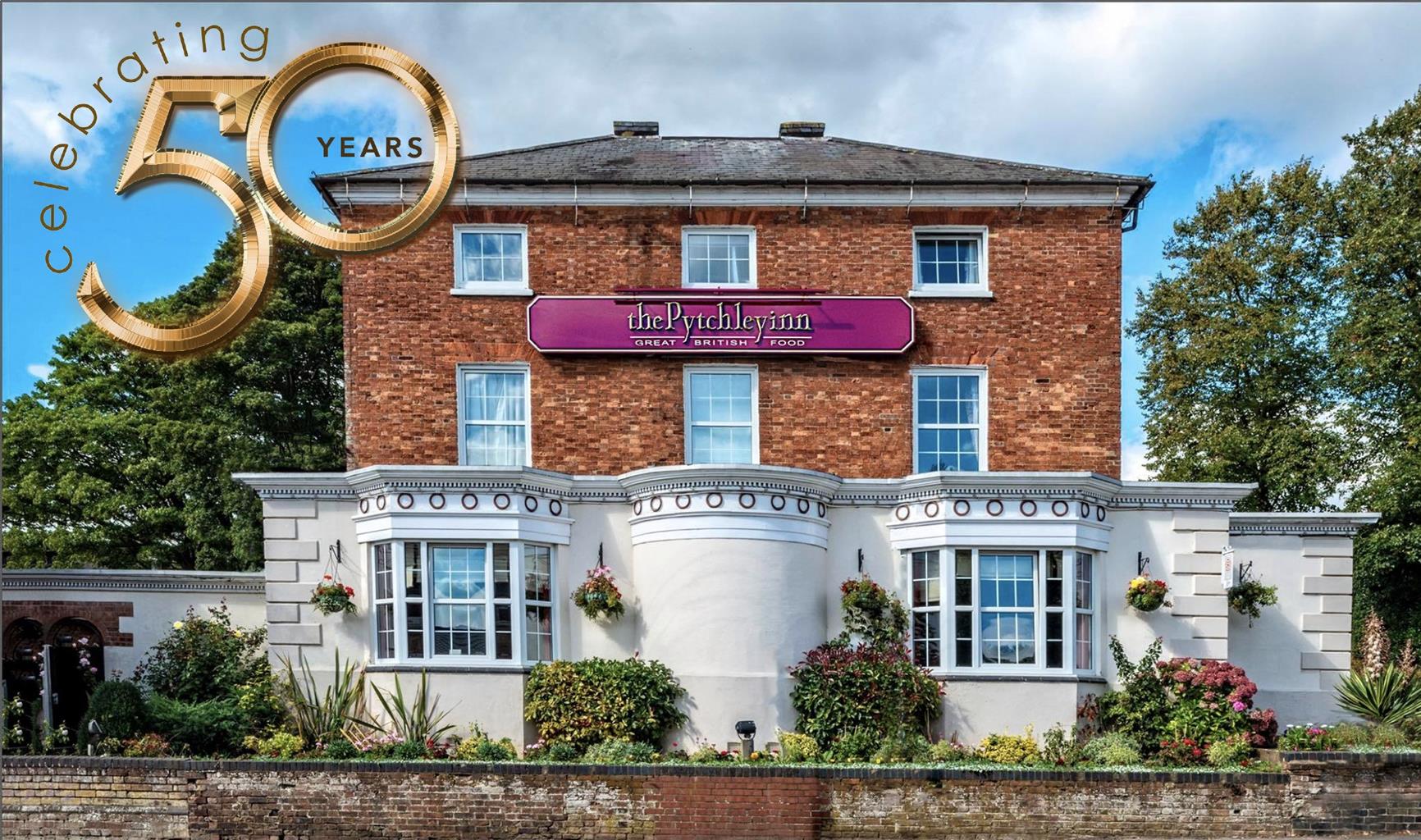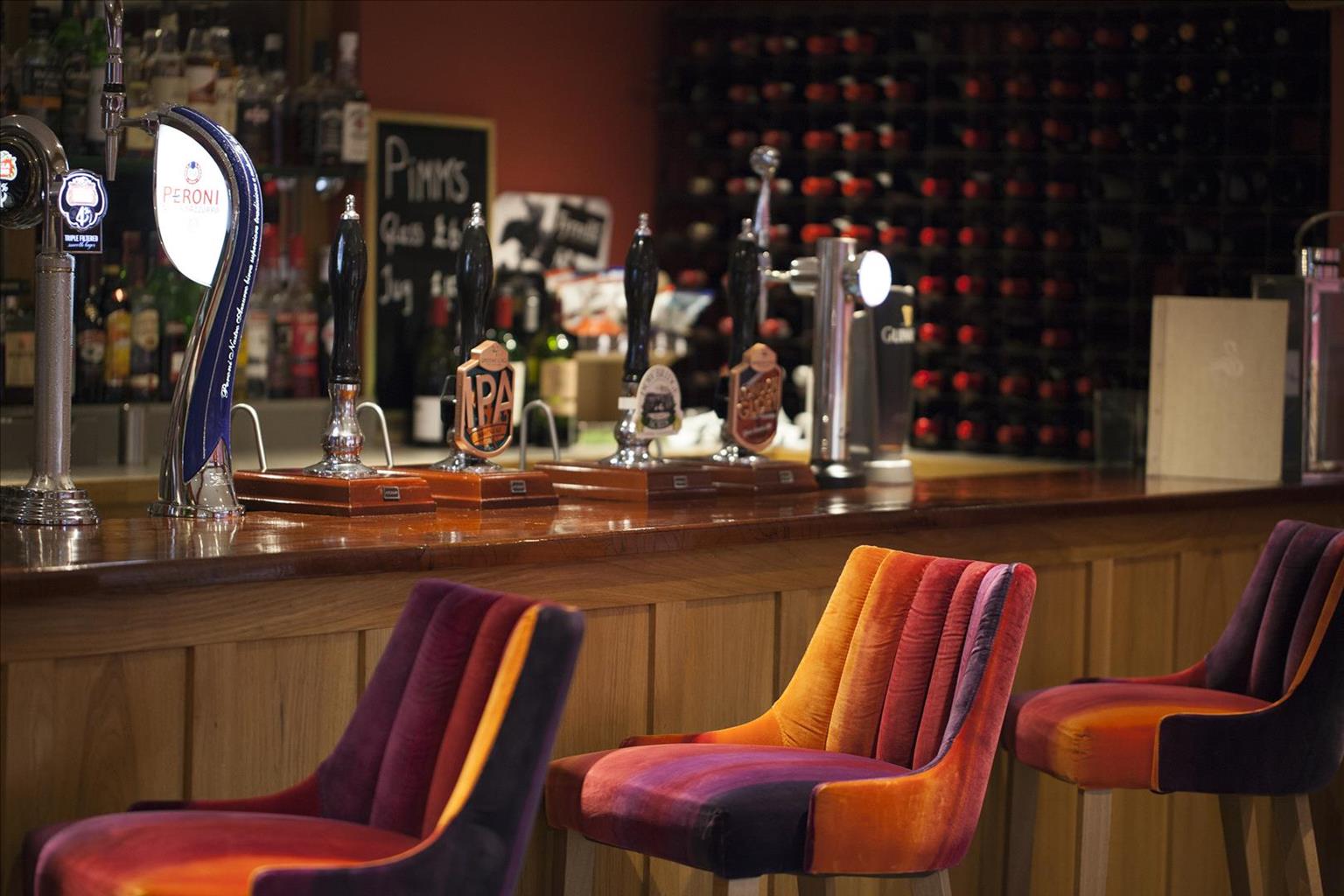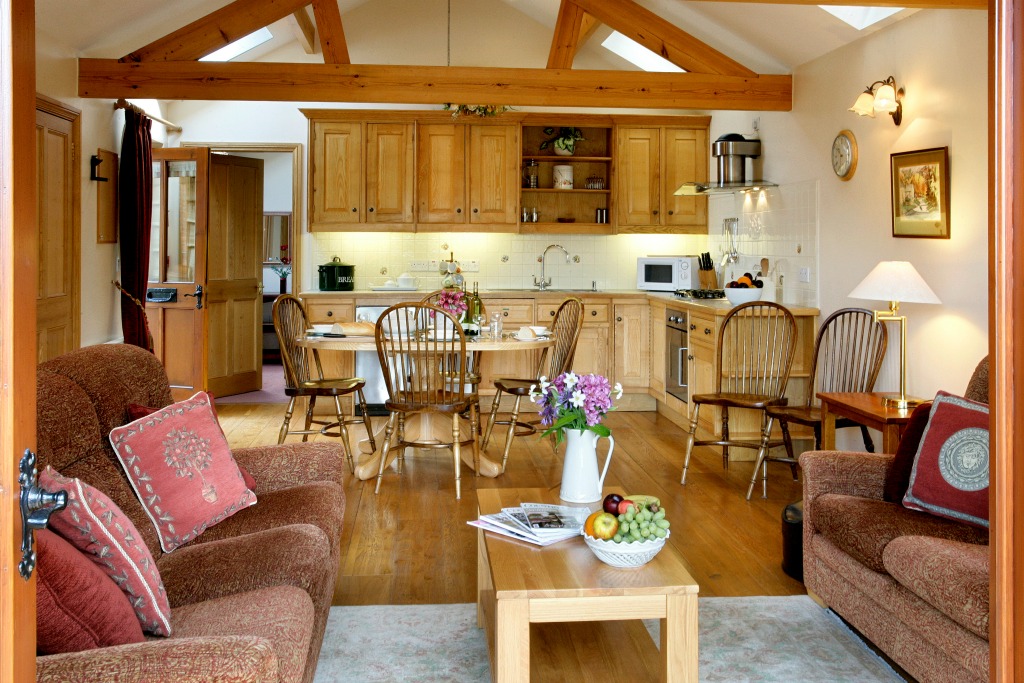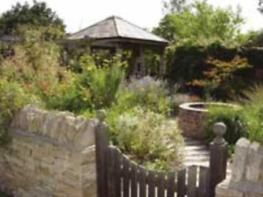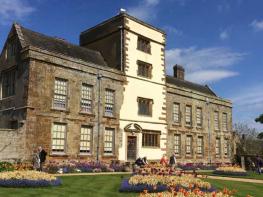Stay in a holiday cottage on a working arable farm, where you can enjoy feeding the fish in the…
Along the Oxford Canal

5.75 miles (9.3kms)
About the walk
The vast and complex network of Britain’s inland waterways has captured our imagination in recent years. Once, these canals were clogged with cargo boats or simply derelict and forgotten – killed off as other, revolutionary forms of transportation were ushered in; today a great number of these old waterways have been revived and restored, many of them looking cleaner and better than they ever did. These canal routes, of course, are an integral component in an age of increased recreation and leisure. With people living longer and keeping in shape as never before, the canals are an obvious destination for walkers, cyclists and boating enthusiasts. The Oxford Canal, running through the centre of England between the University City and Coventry, is a prime example of how our winding waterways have become linear recreation parks, drawing healthy numbers of visitors and boosting the local economy.
Straightened stretch
Opened towards the end of the 18th century, the Oxford Canal is 78 miles (126km) long and from near Coventry, where it meets the Coventry Canal, it runs south-east through the gently rolling Warwickshire countryside for about 15 miles (24km) to Rugby. This stretch was straightened in the 1820s and remains of the original circuitous route can still be identified. The Oxford Canal connects with the Grand Junction section of the Grand Union Canal and then heads in a westerly direction. The two waterways coincide for the next few miles until they split at Napton, where this walk begins. Beyond Napton Hill the canal climbs the Napton flight of nine locks to a summit level.
Vital trade route
The next section, south of the village, heading towards the Oxfordshire border, was never straightened and is therefore one of the most convoluted stretches of waterway anywhere in the country. Acknowledged as one of the most scenic waterways in Britain, the Oxford Canal was built in several stages during a long period lasting more than 20 years. Its role was vital. The intention was to use the new canal to transport cargo from the industrial Midlands to London, via the River Thames. Today, the canal towpath is the main part of the 82-mile (132km) Oxford Canal Walk, which includes 43 locks, countless bridges and one long tunnel.
Walk directions
From the parking area, with your back to the church, walk along the access lane and turn right by fencing to follow the path. Descend to Vicarage Road and head right along Hackwell Street. Turn left down Godsons Lane and at the road junction go right along Dog Lane, then almost immediately left along a waymarked bridleway, heading away from Napton in a southeast direction.
Continue on the track for about 350 yards (320m), then ahead, passing through a series of farm gates. After the third one, go left alongside the hedge, through another field gate, then sharp right alongside a hedge to a gate. Cross the next field to a gate at a track and go right (enjoy the fine retrospective view of Napton on the Hill). Reach a final farm gate to the right of farm buildings. Go ahead along the road, following the Millennium Way.
Pass the entrance to Panthedge Barn and just before the junction of roads by the 40mph sign, go left over a stile and cross the field by heading diagonally left. In the next field make for a stile in a wire fence, then maintain the same direction to a stile in the hedge ahead and walk parallel with the road hedge, going southwards. Continue over several fields and two stiles, passing to the left of a canal feeder and a derelict building, then cross meadowland via stiles and a footbridge. Keep to the right of dilapidated outbuildings, go through two gates and turn right at the road at Marston Doles.
Cross canal bridge number 119 and go left, via a gate, to the tow- path, turning left to pass under the bridge. Walk beside the Oxford Canal, heading north towards Napton. Continue past the lock gates. Just after bridge number 116, there is an exceptional view of Napton. Continue along the towpath to bridge 113, where you will find a shop and a pub – The Folly Inn. Cross the bridge into Folly Lane.
In 50yds (46m), go left over a stile and continue across paddocks to a footbridge. Proceed ahead along a short stretch of track to a stile. Keep ahead to the next stile and cross the large field diagonally to a final stile onto Poplar Road. Go right along the road for 80yds (73m), then left opposite Howcombe Lane junction. This leads to a junction close to Church Leyes Farm. At the junction, go right and return to the car park at St Lawrence’s church.
Additional information
Farmland paths and tracks, towpath, 12 stiles
Gently rolling countryside bisected by the Oxford Canal
Off lead along tow path, otherwise under control
OS Explorers 206 Edge Hill & Fenny Compton; 222 Rugby & Daventry
By the church at Napton
None on route
WALKING IN SAFETY
Read our tips to look after yourself and the environment when following this walk.
Find out more
Also in the area
About the area
Discover Warwickshire
The sparkle of sunlight on a gentle river as it meanders through beautiful countryside; the reflections of sailing boats on a lake; relaxing with a pint in the garden of an old English pub in a picturesque village; brightly coloured narrow boats making their way through a flight of lock gates; the imposing silhouette of an historic castle. These are the scenes that make Warwickshire a delight.
There may be few seriously high hills in this fertile plain, but it is an area full of attractive walking in rolling countryside, blessed with a fascinating history and wonderful places and buildings to visit. This is Shakespeare’s county, and the footprint of the famous Bard appears almost everywhere. He was born and brought up around the beautiful Warwickshire town of Stratford-upon-Avon, and many of his plays draw upon his own experiences in the area.
Warwickshire has a history that embraces the Civil War, castles and large country houses are scattered over the county. Warwick Castle is the home of the Earl of Warwick, Kenilworth Castle was a stronghold for lords and kings of England in the 11th and 12th centuries, and so the list goes on.
Nearby stays
Restaurants and Pubs
Nearby experiences
Recommended things to do
Why choose Rated Trips?
Your trusted guide to rated places across the UK
The best coverage
Discover more than 15,000 professionally rated places to stay, eat and visit from across the UK and Ireland.
Quality assured
Choose a place to stay safe in the knowledge that it has been expertly assessed by trained assessors.
Plan your next trip
Search by location or the type of place you're visiting to find your next ideal holiday experience.
Travel inspiration
Read our articles, city guides and recommended things to do for inspiration. We're here to help you explore the UK.

